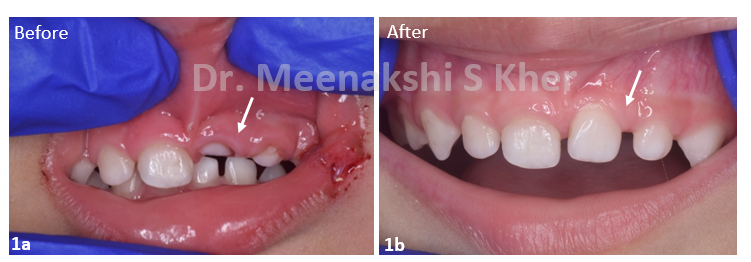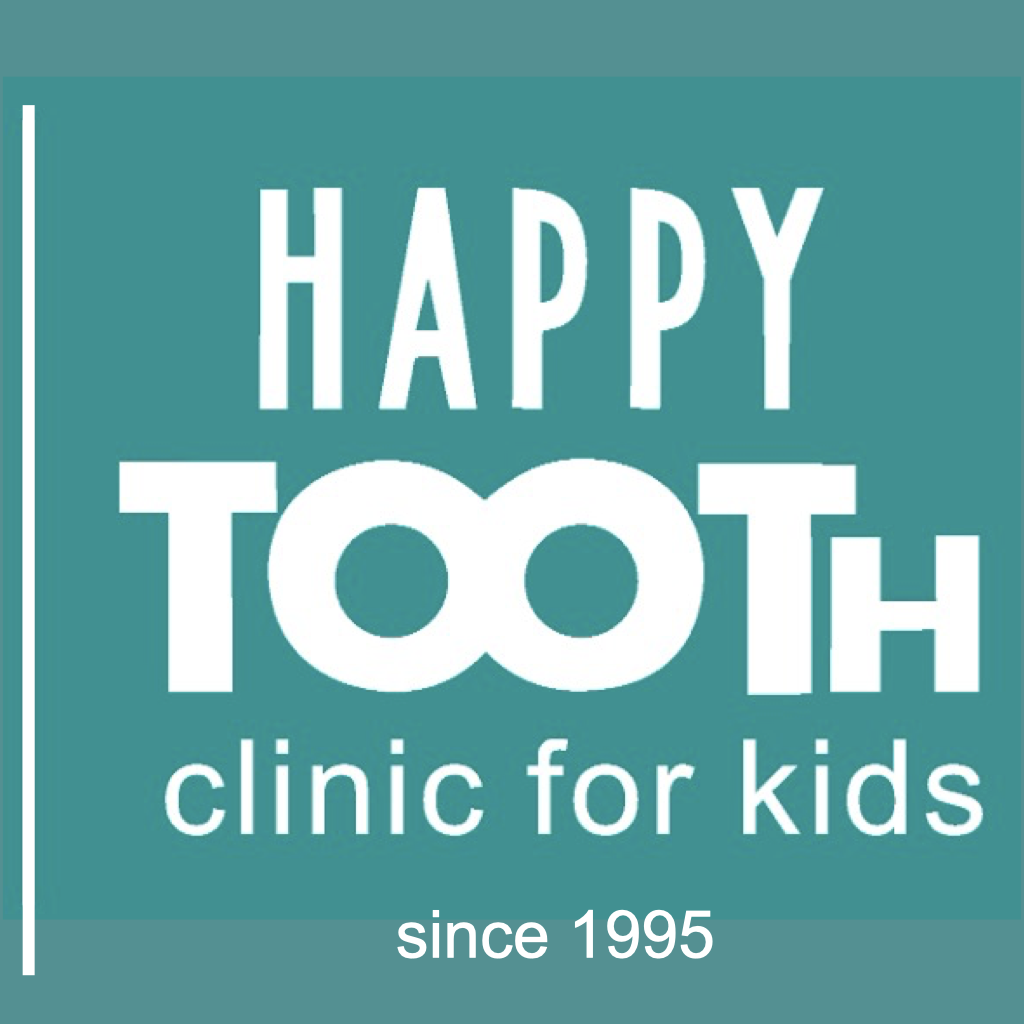I cannot forget a time 18 years ago when my son, all of two years got his finger caught in the car door. I had shut the door in a hurry. Fortunately, there was no major damage but the memory of the guilt and anxiety that followed stays with me even today!
We don’t want our kids hurt, but accidents happen. As a pediatric dentist, I often see bruised lips, bleeding gums, and broken teeth. It’s when toddlers learn to stand and walk and master gross motor skills, that they can trip and fall. Older children can hurt their mouth and teeth on the playground, while cycling, skating, or playing contact sports. It is understandable that these events trigger panic and tears.
As caregivers, the more informed we are, the faster and better we can act to give our children and their teeth the best chance!
WHAT CAN YOU DO AT THE ACCIDENT SITE?
First:
- Confirm that your child has not had a head injury (if they have, they should be rushed to the emergency room at the nearest hospital). If there’s no vomiting, no disorientation, or loss of consciousness, then thankfully there’s most likely no head injury.
- Now check for any foreign particles or loose tooth pieces in the mouth and take them out.
- Control any bleeding from the lips and mouth by putting pressure with a clean cloth and dabbing ice if your child allows it. Or give them iced water or an ice cream to eat.
Next:
- LOOK FOR THE BROKEN PIECE:
If your child has chipped their permanent front tooth, look for the broken piece. Place it in a glass of water so it remains hydrated and rush to the dentist. If the broken piece is largely intact, it can be stuck back in place, much like a chipped porcelain cup that is repaired – only so much better looking!
This procedure is called ‘Reattachment’. The result is very aesthetic because the natural tooth is stuck back. It is also very conservative because there is hardly if any drilling and filling. Our children are very young. The less we drill their permanent teeth, the more chances that their teeth will serve them for life. - PUSH BACK INTO PLACE:
If the permanent tooth looks displaced from its position try to push it back into place. Wrap a clean cloth around you finger and apply quick and firm finger pressure. But don’t waste time if you are unable to get it back in place. Get to the dentist as fast as you can. - BABY TOOTH KNOCKED OUT:
If the baby’s tooth is knocked out, gather it, wash it clean in running tap water, and place it in a box for the tooth fairy! Baby teeth that are knocked out should not be put back in place. We do not want to risk injury or infection to the permanent tooth developing inside.
https://onlinelibrary.wiley.com/doi/10.1111/edt.12576 - PERMANENT TOOTH KNOCKED OUT:
When your child’s permanent tooth is knocked out, time is of the essence! Pick up the tooth by holding the crown (the part that is visible outside the gums) and wash it gently and quickly in running water to remove soil or dirt. Avoid touching or holding the tooth by the root. Do not clean or scrub the root as it has periodontal (gum) fibers on the surface that are vital for healing.
(I) It would be best if you could push the tooth back into the hole in the gum (socket) from where the tooth got knocked out. This requires some grit but if you are brave and manage to do it, your child’s tooth has the greatest chance of surviving. Once pushed in, get your child to bite on a napkin and rush to the dentist.
(ii) If pushing the tooth back from where it came is not possible, store the tooth in the correct solution and rush to the dentist. Have your child spit into a cup and soak the tooth in it. If this is hard, soak the tooth in cold milk, coconut water, clean contact lens solution, or saline. Do whatever is quickest because the faster you act, the greater the chances of success for the tooth. But remember, do not soak the tooth in water. Rush to the dentist.
WHAT WILL THE DENTIST DO?
- MILK TOOTH:
If the baby tooth is knocked out, we do not replant it, so the tooth fairy will visit early. If the tooth gets pushed into the gums, we usually wait and watch. Most often the tooth will erupt spontaneously (Fig 1 a, b). An injured milk tooth might turn dark in color. It usually gains its milky white hue soon enough. Sometimes an injured baby tooth may need to be extracted. Your dentist will decide what’s best for your child.

The guidelines that should ideally be followed are recommended by the International Academy of Dental Traumatology (IADT)
https://onlinelibrary.wiley.com/doi/full/10.1111/edt.12578
It is also of value to note here that Pediatric Dentists are trained in managing traumatic dental injuries in children.
HOW CAN YOU PREVENT INJURIES TO THE TEETH AND MOUTH?
SOME USEFUL TIPS
Prevention we know, is better than any injury and its cure. Where injuries to the mouth and teeth are concerned, here are some useful tips to remember.
- Child-proof your house and play area for your infant or toddler. Sharp corners, stairs, and any other potentially unsafe areas should be protected.
- Baby walkers are not recommended as they are not helpful and are a safety hazard. https://kidshealth.org/en/parents/products-walkers.html
- Use of car seats when traveling with small children is a must as are seat belts for older kids
- Introduce a helmet the moment your child starts to use a tricycle. It will inculcate the use of a helmet as a non-negotiable part of the cycling gear as they grow older and start using a bicycle.
- Once your child starts participating in contact sports, get them a mouth guard fabricated by the dentist for more efficiency and a better fit. Contact sports include martial arts, kabaddi, football, basketball, hockey, and in sports where falls are more likely such as skating and gymnastics.
Mouth guards protect the teeth and the surrounding gums from injuries by distributing the force when your child has a fall. Mouth guards protect the lips & cheeks from severe tears and stitches.
They protect the teeth from getting chipped and getting knocked out. By distributing the forces evenly, they reduce the impact of the fall and are our best bet to prevent fractures of the jaw bone.
THE INDIAN CONTEXT
Culturally very few parents in India use car seats and many are not particular about wearing seat belts even in a city as disciplined as Mumbai. Mouthguards are a rarity. Isn’t it time we relook at our efforts in keeping our children safe? Because while accidents maybe unavoidable, dental injuries are!
- Child-proof your house and play area for your infant or toddler. Sharp corners, stairs, and any other potentially unsafe areas should be protected.

